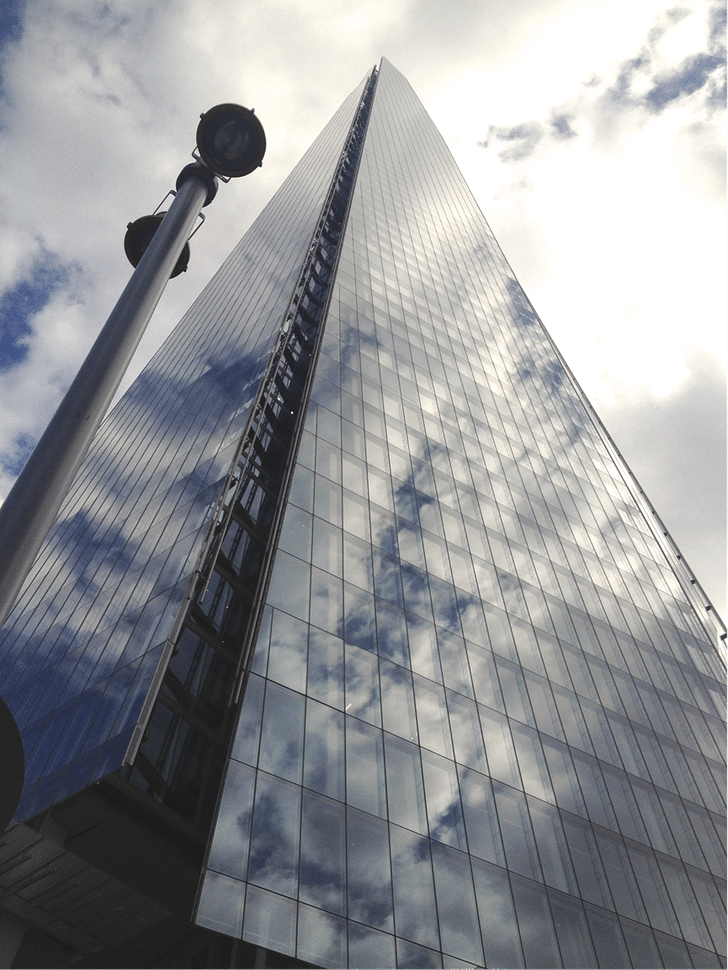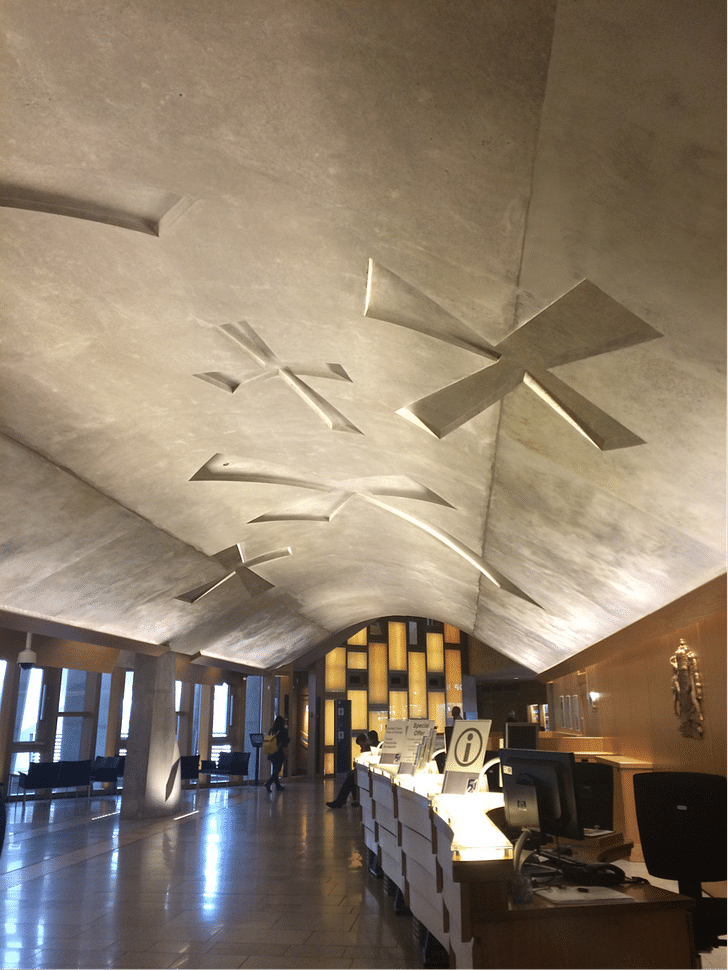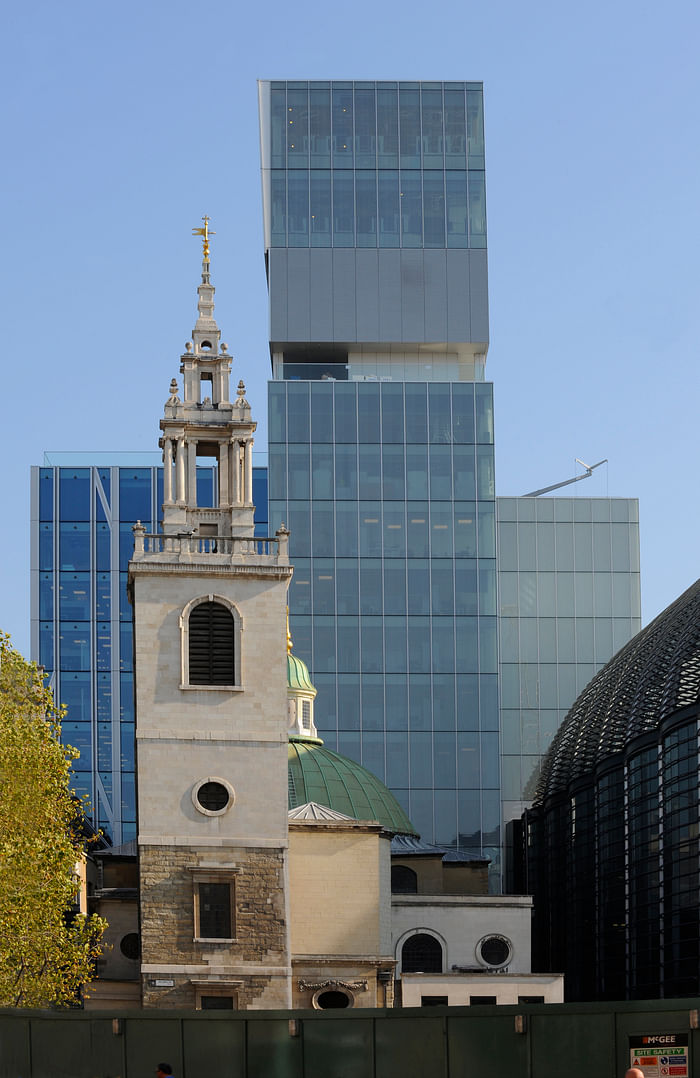

The UK joined the European Community, later to become the European Union on the 1st of January 1973 with Denmark and Ireland. If the UK had never joined the EU, how different would the architectural landscape be? Lets take a look at five buildings designed by European architects working in the UK from 1973 until 2016; the lifespan of the UK’s membership of the European Union.
Of course, it’s purely speculation that these buildings would never have been built if Britain had never joined the EU, but with potential changes for EU architects practicing in the UK perhaps it is not so improbable to assume that these five monumental projects would not exist in their current form. The five projects highlighted are from architects from five different EU countries, with each project leaving its mark on not just the skyline but the psyche of its surroundings.

Renzo Piano's The Shard, London, 2012
Born as all monumental architecture is, from a sketch on a napkin
Firstly, from a founding country of the European Union is Italian-born Renzo Piano’s The Shard. Love it or loathe it, it stands a head above London’s other gaggle of skyscrapers. The Shard is the tallest building in the EU, however when the UK leaves the baton will be passed on to the Commerzbank Tower in Frankfurt, conversely by the UK’s own Norman Foster. Born as all monumental architecture is, from a sketch on a napkin, the gargantuan glass spire is an Italian import that is as common a sight to Londoners as a Pret A Manger. Out of the five buildings in this feature, The Shard has undoubtedly had the biggest physical impact on its surroundings, serving as a north star to which you can orientate yourself when in London.

Enric Miralles' Scottish Parliament, Edinburgh, 2004
Equally controversial is the Scottish Parliament building by the late Spanish architect Enric Miralles. The project was almost ten times over budget, and it splits opinion. It was voted one of Britain’s ‘Most Vile’ buildings in a 2005 public poll by Channel 4, however it also won the venerated Stirling Prize in 2005. The complex building is an array of symbolism, with references to the surrounding landscape, naval heritage, Mackintosh's geometries and famous Scottish art. The Neo-Brutalist interior is infinitely more successful than the fussy exterior, with an emphasis on juxtapositions of light. Its mediterranean influences can be observed as much as its references to the Scottish landscape surrounding it, it is perhaps the most obvious example of EU eclecticism.

Rem Koolhaas’ New Court Rothschild Bank, London, 2011
Collaborative practice between the UK and EU firms can produce innovative work
Dutch-born reputable Rem’s Rothschild Bank Headquarters was OMA’s first building in London. It was shortlisted for the Stirling Prize in 2012, and it brings the familiar OMA clean line aesthetic to gnarly streets of The City. Completed in collaboration with British firm Allies and Morrison Architects, the elegant building is a verification that collaborative practice between the UK and EU firms can produce innovative, and interesting work. Its form is reminiscent of OMA's Rotterdam buildings, yet the building does not feel at odds with its typically London surroundings.

Arne Jacobsen’s Danish Embassy, London, 1977
Denmark joined the EU at the same time as the UK, one of its famous sons Arne Jacobsen designed the modernist Danish Embassy in 1977. Perhaps the least assuming of the five, the building itself is a testament to the ties that bond the UK and other EU countries, it is where soft Scandinavian modernism comfortably sits within a London context. Much like the some of the buildings previously discussed, it brings elements from the architect's own country and slots them in neatly yet with a certain juxtaposition, a condition that creates a varied and visceral urban environment.

Daniel Libeskind’s Imperial War Museum, Manchester, 2002
Venturing back out of London to Manchester, where Polish-born Daniel Libeskind’s Imperial War Museum stretches towards the waterside. The shimmering deconstructivist design was shortlisted for the Stirling Prize in 2004, the UK-based accolade that three of the five buildings have been either been nominated for or won. The conceptual idea behind the building was "a globe shattered into fragments and then reassembled", thus it is a monumental building with typical Libeskind metaphorical flair, yet it holds a conversation with its watery surroundings and does not look uncomfortable.
If in the next few years major change hinders the eclecticism that the UK currently has we may be left with the tedious offspring of New London Vernacular
In a post-Brexit landscape, with potential limitations on EU architects practicing in the UK what are we left with? Will it be the continued rise of the sometimes homogenous New London Vernacular, a style that is often, although not always, a re-hash of traditional forms expressed in eerily uniform clip-on bricks. The style, also referred to as ‘Biscuitism’ and I would suggest ‘Modestism’ owing to its fetishisation of industrial materials, could reign supreme post-Brexit when our hand is no longer extended to EU architects. The freedom that the UK gives architects from the EU to practice in the UK has enabled these five remarkable, if often controversial, projects. If in the next few years major change hinders the eclecticism that the UK currently has we may be left with the tedious offspring of New London Vernacular and not much else.
Eleanor Marshall is a writer and architectural designer based in London and Scotland. She has worked in public realm and industrial design offices in the US and the UK, and with city transport authorities in Edinburgh, London, Milan, Moscow and NYC. Her areas of practice are transport ...
No Comments
Block this user
Are you sure you want to block this user and hide all related comments throughout the site?
Archinect
This is your first comment on Archinect. Your comment will be visible once approved.